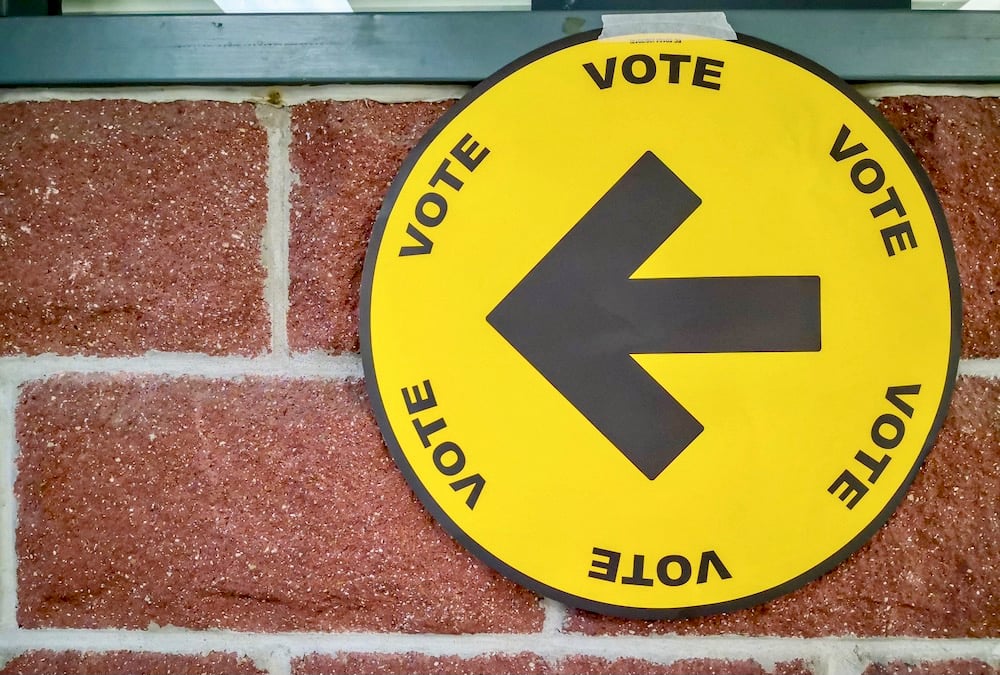JOHN MORRISS
EDITORIAL DIRECTOR
It seems that in U. S. households, there aren’t many battles over who gets the legs and thighs.
Actually, the real problem seems to be that the fast-food chains don’t want their chicken fingers and McNuggets to be too tasty, or at least anything other than snow white. Hence the 90.59 million pounds (41.1 million kilograms) of chicken leg quarters in storage as of April 30, a 21 per cent increase from a year ago.
These used to go to Russia (in honour of the former president, the Russians call them “Bush legs”) but they have stopped buying, allegedly because concerns over the use of a chlorine wash when processing the carcasses.
Read Also

Cooking fish of Manitoba: Keep your catch fresh and tasty for the table
Fishing in Manitoba provides mouthwatering meals, assuming anglers handle, process and cook their fish properly before sitting down to eat. Here’s how, with recipes and fish preparation tips.
The Americans are trying to restart sales, but why should these legs and thighs have to go all the way to Russia? This should be an opportunity for we Canadians who prefer dark meat to head to the supermarket for a bargain. Unfortunately, that’s not possible because of supply management, which allows Canadian producers to serve the domestic market and restricts imports from elsewhere.
However, should we be able to get our hands on that cheap chicken, it might be wise not to think too hard about its origins. Recent USDA hearings have been taking in some disturbing testimony about treatment of U. S. contract poultry growers by the few large integrators that control the business. These growers must build facilities to the integrator’s specification, and then raise the birds for a fee. There are allegations of arbitrary termination of contracts, collusion among integrators so that troublemaking growers who have their contract terminated cannot go elsewhere, and refusal to allow growers to install scales to check the weight of the birds when they leave the farm. Some refer to the system as “indentured servitude.”
The workers sent to capture the broilers are often low-paid, illegal-immigrant labour, and the same applies to U. S. processing plants for all meats. (Note that those animal-abuse videos released by PETA often seem to involve illegal immigrant labour.) And while chewing on that cheap chicken, it would also be best to avoid thinking about how it was raised on cheap corn and soybeans, heavily subsidized by the U. S. government.
Don’t worry. Those U. S. legs and thighs are not going to waste. On June 15 the USDA purchased $14 million worth for food-assistance programs such as school lunches (which means that in international trade negotiations, it won’t be counted as subsidy to farmers.)
Among the things that brought this to mind recently was the release of a Canadian International Council report title Open Canada, a Global Positioning Strategy for a Networked Age. It makes some bold and controversial recommendations for Canadian foreign policy, including dual-citizenship agreement with China, joint Canadian and U. S. monitoring of the Northwest Passage, and action on the environment including a slowing of oil-sands development.
These ideas may or may not have merit, but what does this report say about agriculture? A search reveals only a reference to how Canada has “backed out of trade negotiations because of our unwillingness to put this supply management system on the table.”
This is nonsense. Canada has not backed out of negotiations any more than any other country that has refused to completely eliminate agricultural subsidies, of which there are none.
But on the slim chance that there will ever be a new WTO agreement, and that it will entail giving up supply management, then its critics must be forced to accept the consequences of their position.
It’s time for them to stop making vague statements about how giving up supply management will “open overseas markets” and how farmers would “adjust.” They should instead acknowledge the assumption behind their position, which is that if Canada gives up supply management, the Americans will also drop all direct and indirect subsidies on dairy and poultry.
If that doesn’t happen, there are two options, and critics need to go on record as to which they would choose:
1) Leave Canadian producers unprotected to compete directly with Americans, recognizing that most of Canada’s dairy consumers (including Manitoba’s) are within overnight truck delivery of the giant U. S. dairy-production areas in the northeast or California.
2) Match U. S. subsidies, and do it in such a way as to recognize the indirect contribution of cheap grain and cheap illegal labour.
In other words, if we give up supply management, we have the choice of having most of our milk, eggs and chicken produced in the U. S. or adopting a subsidy system that’s even more complicated and expensive than the one we have now.
And if dairy and poultry producers get subsidies matching those in the U. S., shouldn’t grain producers have their subsidies match too? Perhaps we’d even get a national school-lunch program to distribute surplus production.
All that, plus cheap dark meat. Maybe giving up supply management is not such a bad idea… [email protected]

















